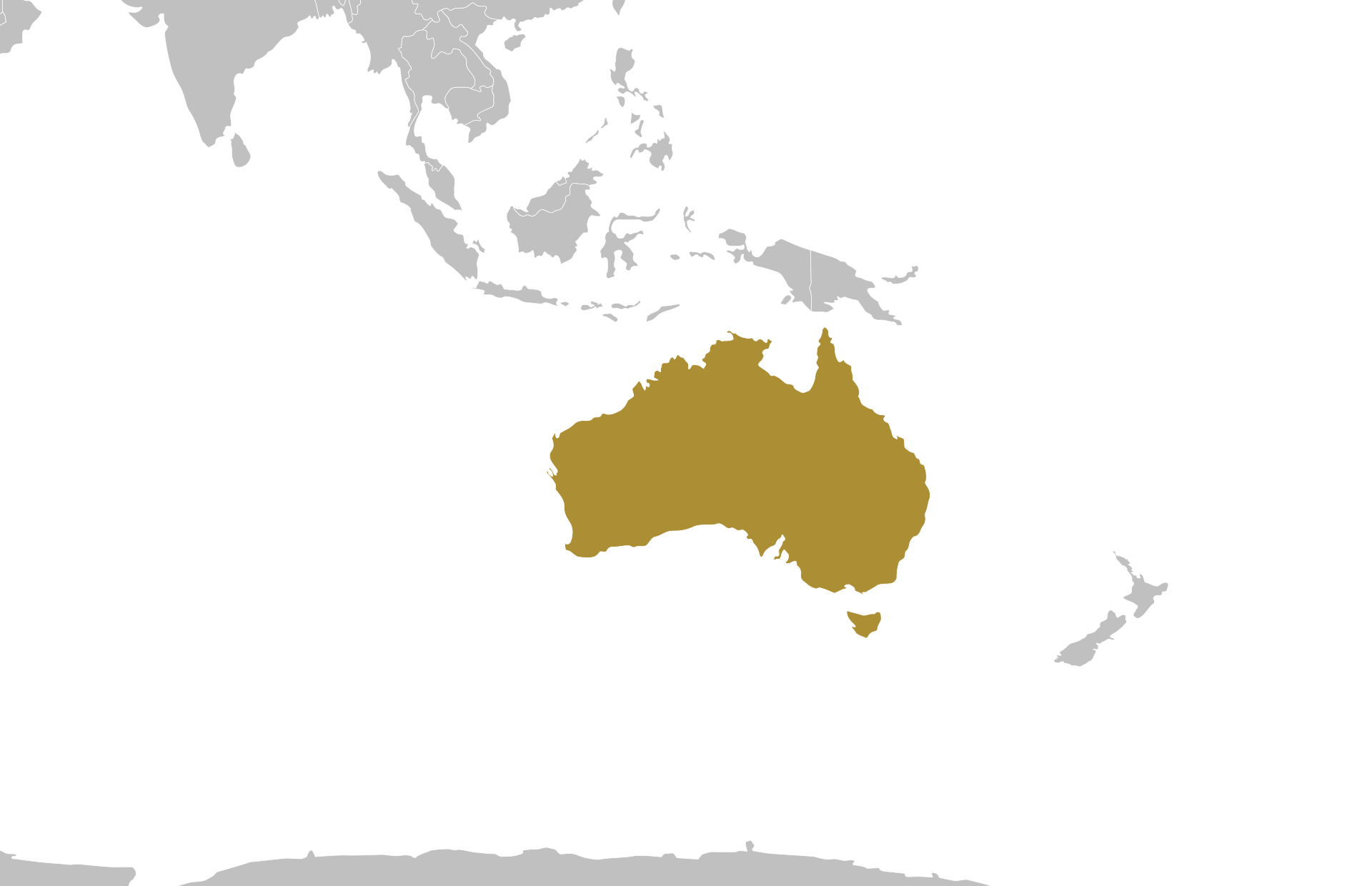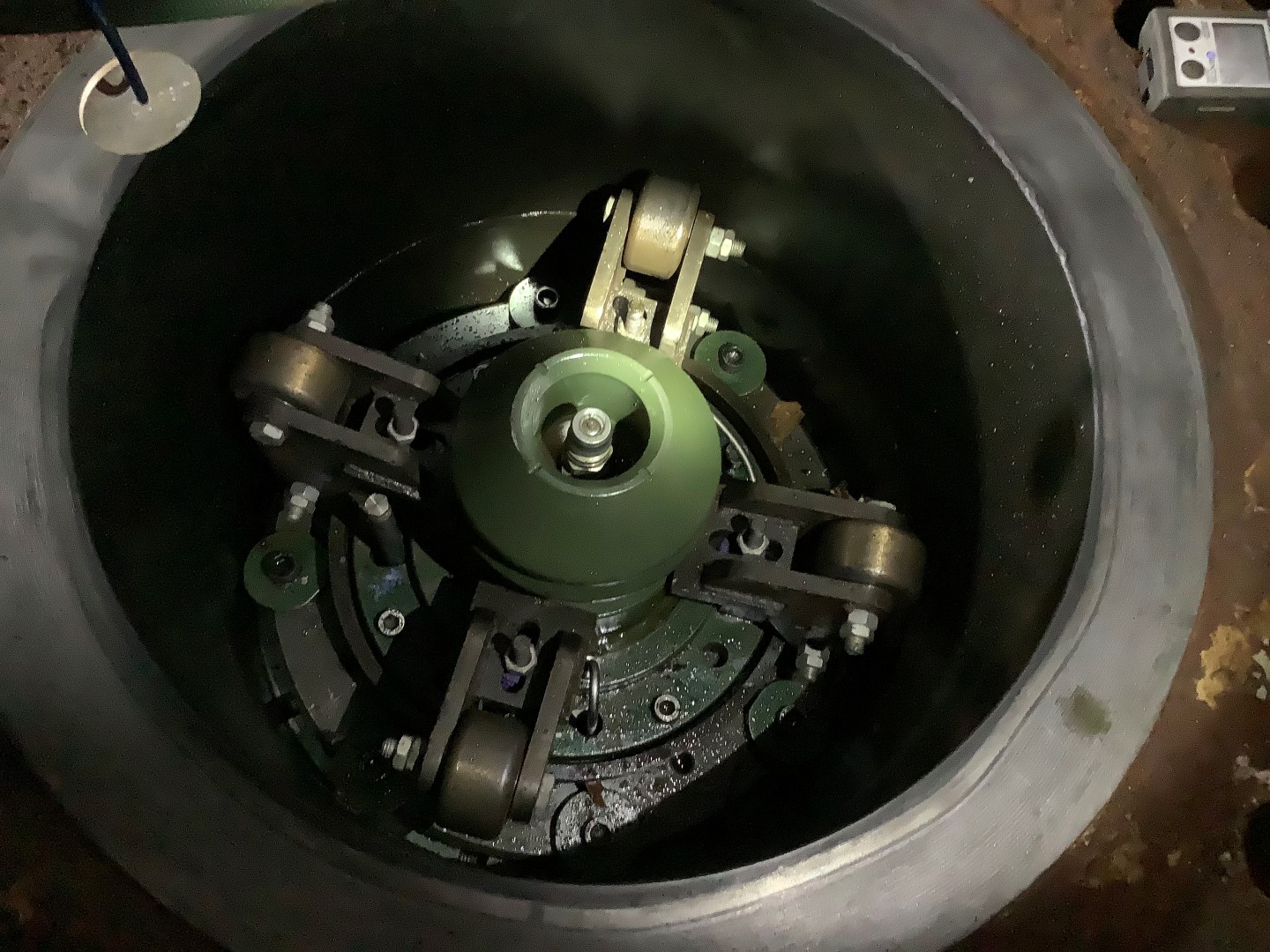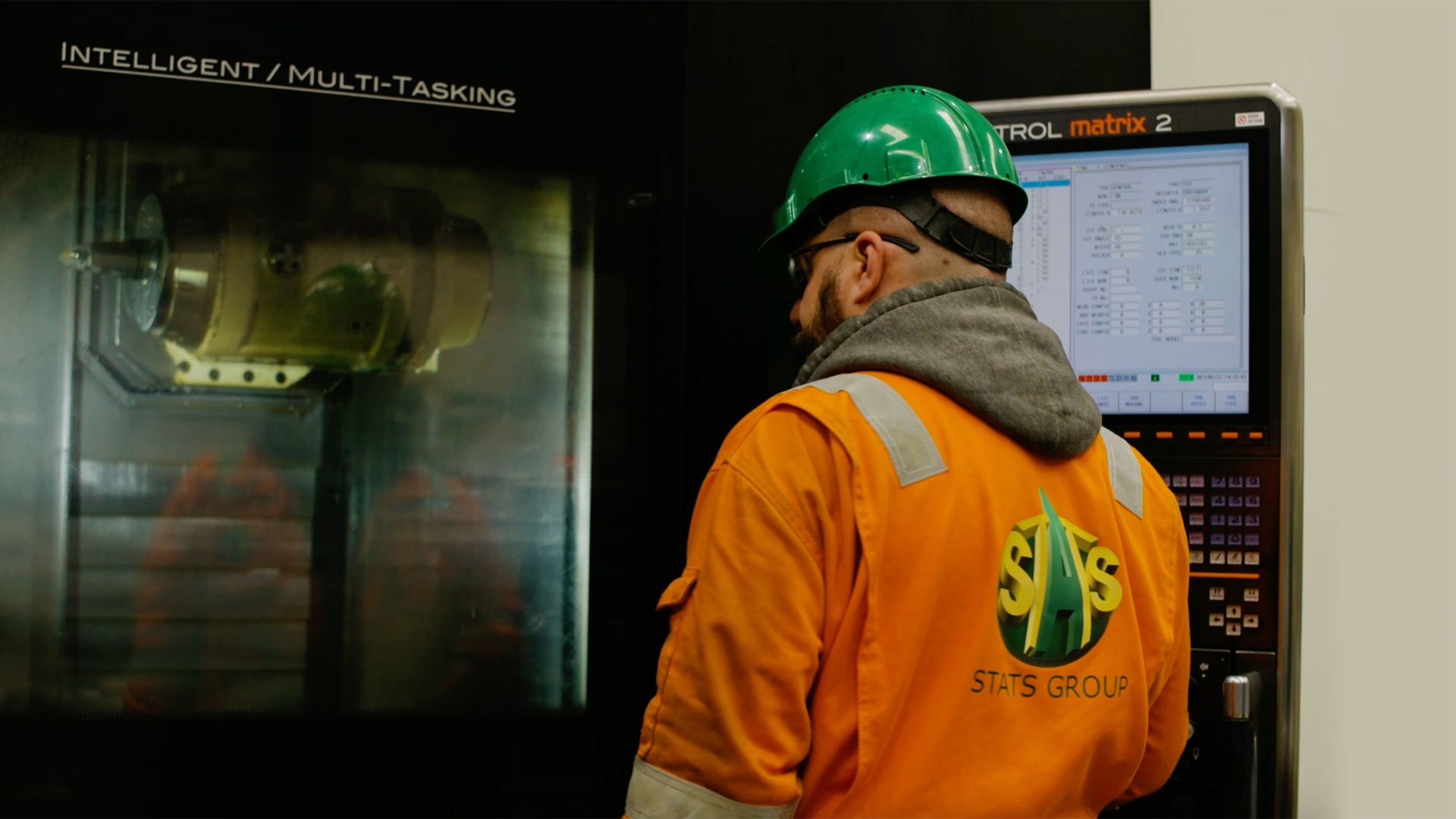Case Study
20” Remote Tecno Plug, Offshore Platform, Bass Strait, Australia
Tool - Remote Tecno Plug
Location - Australia


STATS Group provided pipeline isolation services on an offshore platform to allow the safe replacement of a launcher valve, in the Bass Strait, off the coast of Australia.
The project was challenging due to the change in diameter in the export pipeline, from 24” reducing down to 20” at the isolation location and required innovative thinking to provide an efficient and safe solution.
The vertical pipeline featured a launcher, 24” valve and production tee which then reduced to 20” and included a 20” valve that needed to be isolated and replaced. The dual diameter piping presented a challenge to engineer a piggable isolation plug to negotiation the change in internal diameter. To overcome this issue STATS proposed the use of a remotely operated Tecno Plug that would be deployed to the isolation location on rigid stem bars, rather than being pigged through the pipeline. This deployment method allowed the Remote Tecno Plug to be lowered in a controlled manner and precisely positioned in the short straight section of pipe after the 20” valve before a bend. This avoided the need to pig the isolation tool which can present challenges in dual diameter pipelines.
The Remote Tecno Plug provided a fully proved, double block and monitor isolation of the gas pipeline and ensured that only a small section of pipework was required to be vented and purged while the valve replacement activities took place. This provided the operator with considerable time and cost savings while ensuring the safety of the worksite. The use of the remotely operated Tecno Plug ensured communication to the plug was maintained throughout the project and while the valve replacement activities took place.
To enable the Remote Tecno Plug to be deployed from the launcher to the set location with stem bars, STATS provided a 24” isolation plug to act as an isolation barrier of the launcher, as the launcher door would not be able to be used during the isolation activities due to the stem bars. The 24” Door Plug provides the same dual seal double block and bleed isolation as a Tecno Plug but has a port through the centre of the plug to allow the stem bar to be fed through the pipeline while the Door Plug provides isolation of the launcher, which during operations had the potential to be 118 bar.
As part of the project, STATS conducted a client witnessed Factory Acceptance Test (FAT) at their operational base in Abu Dhabi, UAE on both the Remote Tecno Plug and Door Plug. A full scale test fixture was created to replicate the exact pipeline configuration onsite. The FAT was conducted using STATS live remote monitoring system, which offers a unique opportunity for the client team to witness the FAT without the need to attend their facilities in person. This system was particularly beneficial to the client who was based in Australia, due to travel restrictions in place due to the COVID pandemic.
Following the FAT, the equipment and personnel were mobilised to the platform to carry out the isolation and allow the valve to be replaced during a planned shutdown. To allow the Tecno Plug to be installed into the launcher the valves were closed and the launcher was vented and purged. Final pre-deployment checks were conducted on the isolation plugs and the launcher door was opened. The Door Plug and Remote Tecno Plug were then lifted together and lowered into the launcher until the Remote Tecno Plug engaged in the reducer and the Door Plug was positioned in the end of the launcher. The Door Plug was then hydraulically activated to energise the locks and dual seals. The seals were each tested independently to confirm leak-tight isolation and the launcher was repressurised and a leak-tested was conducted.
Prior to deploying the Remote Tecno Plug a deployment frame was positioned at the end of the launcher, this allowed each section of stem bar to be assembled and hydraulically deployed into the pressurised pipeline, through the Door Plug.
Communication with the Remote Tecno Plug was maintained using an extremely low frequency (ELF) inductive system while the plug was deployed through the pipeline and once positioned at the set location. At location, the isolation plug was hydraulically set to activate the locks and dual seals. The dual seals were then independently tested with full pipeline pressure in the correct direction to confirm leak-tight isolation and allow the pipeline to be bled down to ambient from the platform launcher to the rear of the Remote Tecno Plug. The annulus between the plug seals was then vented to ambient to create a zero-energy zone. Following an isolation stability hold period the ‘Isolation Certificate’ was issued. The stem bar was then hydraulically disconnected from the rear of the Remote Tecno Plug and recovered back to the launcher.
With the isolation in place and the double block and monitor isolation verified and constantly monitored, the valve replacement activities were safely completed. Once the new valve had been installed, the stem bars were redeployed and re-attached to the rear of the Tecno Plug. A wheel bracket mounted to the stem bar ensured the stem bar remained centralised ensuring reconnection to the Remote Tecno Plug. With connection made and confirmed, the launcher pressure was raised to 60 bar to carry out a reinstatement pressure test of the newly installed valve while the isolation remained undisturbed. Once the leak test was successfully completed the pipeline pressure was equalised and the Remote Tecno Plug was unset and recovered to the launcher. The launcher valves were closed allowing the launcher to be vented and purged and the Remote Tecno Plug and Door Plug were removed from the pipeline completing the project.
Gareth Campbell, Regional Manager for Asia Pacific, said: “This is a significant milestone for STATS marking our first deployment of the Remote Tecno Plug in Australia. This workscope is now one of many safety critical pipeline isolation projects completed for this client in the region, following projects utilising our tethered Tecno Plug and patented BISEP.
“The Tecno Plug offers a high level of safety while providing a cost-effective solution for the operator, this successful isolation prevented the operator from depressurising and purging the entire gas pipeline required to ensure the pipeline was hydrocarbon-free prior to maintenance activities.”
